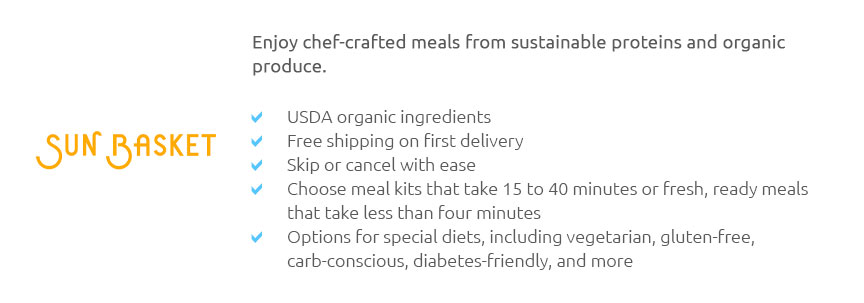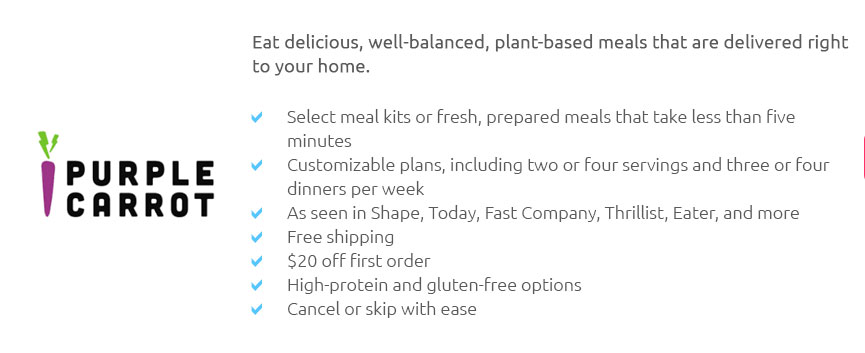 |
 |
 |
|---|
 |
|---|
 |
||||||
|---|---|---|---|---|---|---|
|
||||||
 |
 |
|||||
 |
 |
|||||
 |
 |
|||||
 |
 |
|||||
 |
 |
|||||
 |
 |
|---|
|
zcdj2ib4x0y Food Delivery for Multiple Locations: A Comprehensive ExplorationIn today's fast-paced world, the concept of food delivery has evolved dramatically, offering services that cater not only to individual homes but also to multiple locations. This trend reflects the growing demand for convenience, variety, and efficiency in the culinary sector. Navigating the intricate logistics of delivering food to various destinations simultaneously is an intriguing challenge that blends technology, customer service, and culinary artistry. To begin with, food delivery for multiple locations involves a sophisticated network that requires seamless coordination. Companies must manage a fleet of delivery vehicles equipped with real-time GPS tracking to ensure timely arrivals. The process begins with a robust order management system that allows customers to specify different delivery addresses within a single transaction. This system must be intuitive and user-friendly, providing clear options for scheduling deliveries at convenient times for each recipient. One of the key aspects to consider is the technology infrastructure supporting these operations. Modern food delivery platforms leverage advanced algorithms to optimize delivery routes, minimizing travel time and maximizing efficiency. This not only enhances the customer experience by reducing wait times but also contributes to environmental sustainability through reduced fuel consumption. Moreover, these platforms often integrate with mobile applications, offering real-time updates and notifications to keep customers informed about their order status.
From a business perspective, managing food delivery across multiple locations requires strategic planning and investment. Companies must invest in training delivery personnel to ensure they provide courteous and professional service, which in turn fosters customer loyalty. Additionally, partnerships with local restaurants can be mutually beneficial, expanding reach and enhancing the overall service offering. It is worth noting that while the convenience of multi-location delivery is undeniable, it is not without challenges. Coordinating orders from various restaurants, ensuring timely deliveries, and maintaining consistent food quality are complex tasks that require constant attention. However, with the right blend of technology, customer focus, and operational efficiency, these challenges can be transformed into opportunities for growth and innovation. In conclusion, the landscape of food delivery for multiple locations is a dynamic and exciting realm. It represents the intersection of culinary delight and technological advancement, offering a glimpse into the future of dining experiences. As this sector continues to evolve, it holds the promise of not only meeting but exceeding customer expectations, providing a level of service that is both comprehensive and personalized. Whether for a corporate event, a family gathering, or simply a personal indulgence, the ability to deliver food to multiple destinations seamlessly is a testament to the ingenuity and adaptability of modern delivery services. https://corporate.grubhub.com/los-angeles/
From Hollywood to Santa Monica, Grubhub Corporate Accounts has Los Angeles' corporate food ordering covered with group orders, catering and more. https://www.quora.com/Which-food-delivery-apps-allow-for-food-delivery-from-the-same-restaurant-to-multiple-addresses-for-a-single-order-E-g-Im-sending-the-same-food-to-a-couple-of-my-friends-who-live-in-different-places
Foodhub can definitely be a strong contender for the best food delivery app, especially in certain area.Foodhub boasts a good mix of popular ... https://www.yelp.com/search?find_desc=Office+Lunch+Delivery&find_loc=Los+Angeles%2C+CA
We have ordered a lot of food from various places for various events and everyone was amazed with the quality of the food. It was truthfully the best place ...
|
|---|


